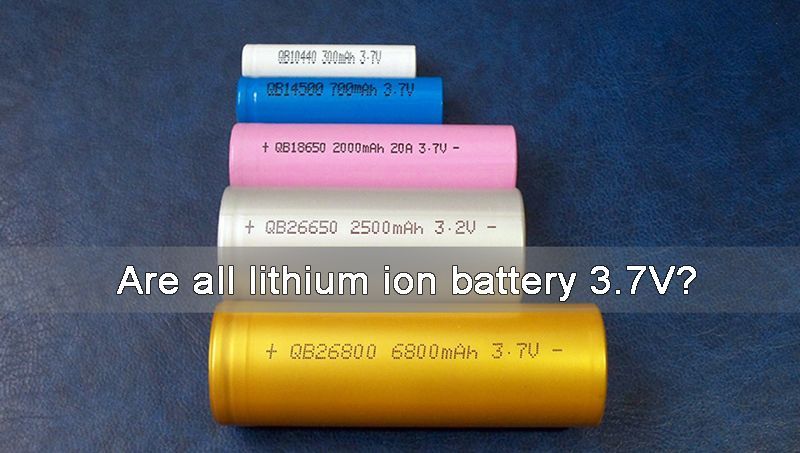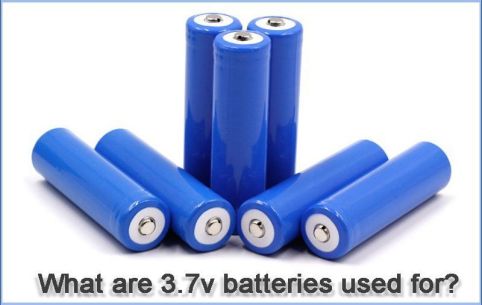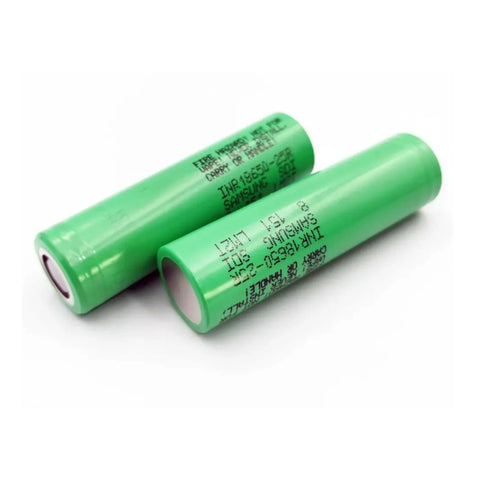
Main content:
- 1.Why do Li-ion batteries have a voltage of 3.7V?
- 2.What are 3.7V batteries used for?
- 3.How to choose the right 3.7V lithium ion battery?
- 4.How to charge the 3.7V lithium ion battery?
- 5.Is it possible to use a 3.7V battery instead of a 3v?
- 6.How long does a 3.7V battery last?
- 7.At what voltage is a 3.7V battery dead?
- 8.Are 3.7V batteries the same as AA batteries?
- 9.Is a 3.7V battery rechargeable?
- 10.Are all Li-ion batteries 3.7V?
Lithium-ion batteries have become an integral part of our lives today. Li-ion batteries help power most of the devices you use in your day-to-day activities, such as smartphones, tablets, laptops, smartwatches, etc.
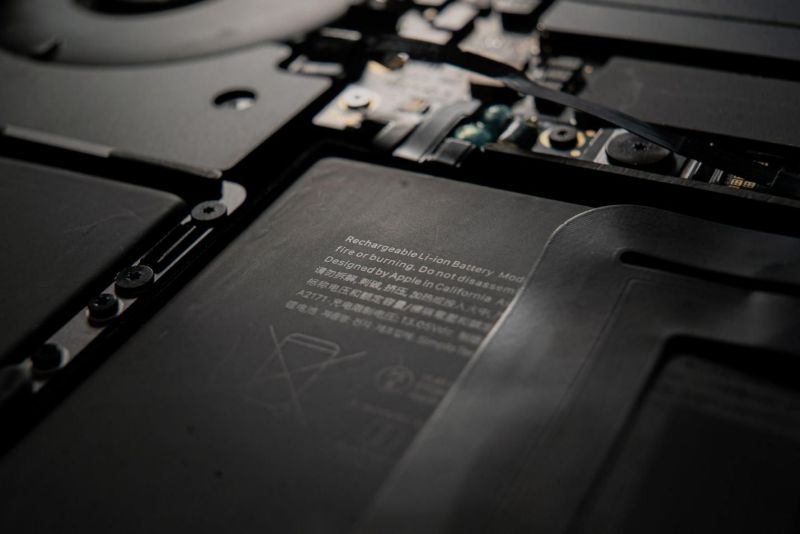
The battery’s role has proven to be effective in powering bigger devices such as electric bikes and vehicles - including buses, motorcycle batteries is one of them. This article focuses on the 3.7V lithium ion battery.
By reading this article, you’ll get to understand: Why do Li-ion batteries have a voltage of 3.7V; How to properly charge and recharge your 3.7V lithium-ion battery; How long does a 3.7V Li-ion battery last. Let’s dig right in!
1.Why do Li-ion batteries have a voltage of 3.7V?
Now, your Li-ion battery's voltage primarily depends on the anode and cathode material of its cells. 3.7V is the voltage of ternary lithium batteries, not all lithium batteries are the same voltage, lithium iron phosphate is 3.2V. General lithium cobalt oxide, ternary positive electrode with graphite anode can obtain a full charge voltage of about 4.2V, while lithium iron phosphate can only reach 3.6V. With that in mind, you’ll find out that most of lithium-ion batteries have a nominal (average) voltage of 3.7V.
Click on the picture for product details and its best price
The maximum voltage your 3.7V lithium ion battery can have is 4.2V, also known as the maximum safe voltage/charge cut-off Voltage. When the battery is completely discharged, it will have a voltage of 2.75V, also known as the minimum safe voltage.
Here’s the deal:Most lithium-ion battery cells have a voltage of 3.7V because of their cell chemical properties, they are ternary lithium battery. A single ternary lithium battery has 3.7V as its nominal voltage. You are now probably thinking to yourself: What are 3.7V lithium-ion batteries used for? Keep reading this article as this question is covered in the next section.
2.What are 3.7V batteries used for?
Most 3.7V batteries are used for powering devices like smartphones, tablets, EVs solar system etc. The reason why 3.7V lithium-ion batteries are so popular today is because of their reliability.

On top of that, Li-ion batteries can power your devices for a long duration, and if handled correctly, they can have up to 4,000 cycles. Check this out: Li-ion batteries have a great future because, apart from powering your devices, because of their high energy density, the batteries are also super-light.
Their charging and discharging rates are also excellent compared to other batteries, such as nickel-based batteries. Now, to be able to use your 3.7V Li-ion battery comfortably, you need to know how to choose the right one.

3.How to choose the right 3.7V lithium ion battery?
Selecting suitable batteries, in general, can be pretty difficult if you don't have enough battery knowledge. It is usually a struggle between priorities and limitations. There is not a single perfect battery that works for every application.
Related product: 18650 25r samsung
Here are four primary factors that you need to consider when selecting your ideal 3.7 lithium-ion battery:
① Is your project power hungry?
If your project is power-hungry, you must consider selecting a Li-ion battery with high energy output. Remember, a high voltage does not necessarily mean more power. When you have a Li-ion battery with a 3.7V and another with a 7.4V, the former is not necessarily less power or energy than the latter, it also depends on the capacity of the battery.
② Size
Lithium-ion batteries are small in size and light in weight thanks to its high energy density.Selecting the ideal 3.7V lithium ion battery for your project will require you to be specific on size. If you need a powerful Li-ion battery that is small, consider selecting one that has a high energy density. Doing so helps you reduce battery size significantly to fit your project.
③ Operating temperature range
Do you intend to use your 3.7V lithium ion battery in areas with extremely high or low temperatures? If so, consider acquiring a battery with an extended operating temperature range. Remember, extremely high or low temperatures affect a typical Li-ion battery lifespan. For relatively cold or hot applications, you can choose lithium batteries with a heating function or cooling system.
How so?High temperatures will cause a surge in pressure inside the battery and intensify chemical reactions, most likely to cause combustion and explosion.When the battery is in a low temperature environment, a part of Li ions will be deposited on the negative surface, causing lithium precipitation phenomenon, resulting in the loss of battery capacity.
The operating temperature of conventional lithium-ion battery is between-20℃ and 60℃, but generally the performance of lithium-ion battery will decrease below 0℃, and the discharge capacity will be reduced correspondingly. Therefore, the operating temperature of complete performance of lithium-ion battery is often 0~40℃. The case is more severe in other types of batteries, like the lead-acid or nickel-based ones.
④ Durability
Durability means that your ideal battery should run effectively and efficiently for many years. Several factors determine the durability of your battery. A typical Li-ion battery has a durability of 4,000 cycles, depending on which will come first. For your battery to remain durable, you'll need to use it in the right way, for example, avoiding overcharging and overdischarging.
⑤ Charging rate
When charging lithium-ion batteries, attention should be paid to prevent high current charging, which generally can not exceed 1C. It is recommended that 0.2C is exceeded, otherwise the current will damage the battery life.
⑥ Safety standards
You'll also need to select a battery that conforms to the safety standards set by your local authority. For example, you may require 3.7V lithium-ion batteries for smoke and fire detectors. The battery has to conform to the safety standards set out by the fire department.
4.How to charge the 3.7V lithium ion battery?
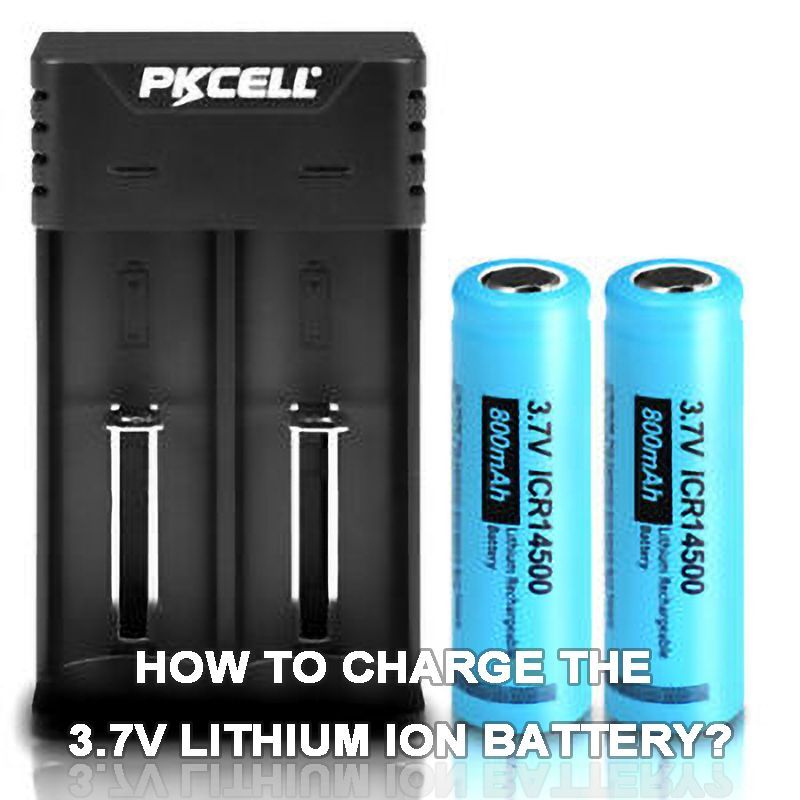
① How to recharge a 3.7V lithium ion battery to make it last longer?
Recharging your 3.7V lithium ion battery to make it last longer is determined by the charging voltage and the battery design. If your 3.7V lithium-ion battery does not have a protection circuit board (cut-off) to prevent overcharging and over-discharging, consider keeping an eye on the charger and unplugging the battery when it charges up to about 90%.
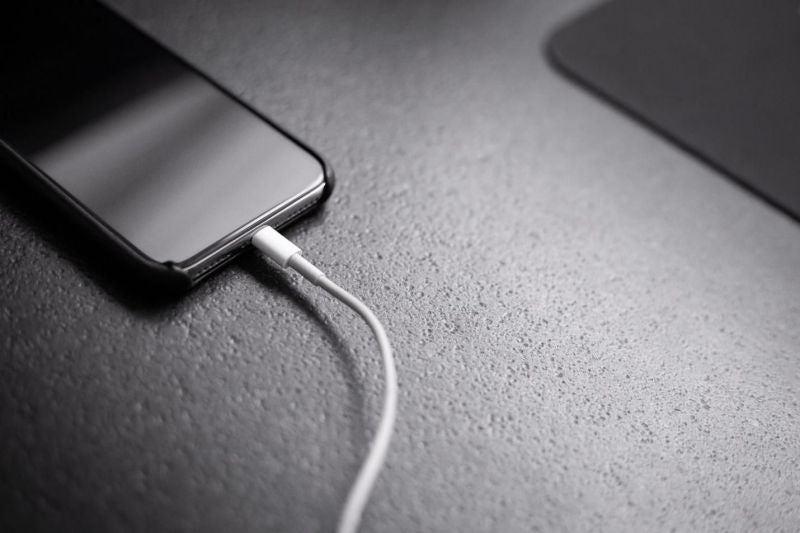
Use a 4.2V charger to charge your 3.7V lithium ion battery that does not have a protection circuit board. The maximum safe voltage a 3.7V Li-ion battery can hold is 4.2V.
② Can you charge a 3.7V lithium ion battery using a 6v charger?
It is possible to charge your 3.7V lithium ion battery using a 6V lithium battery charger, provided that the battery has a properly functioning protection circuit board. The protection circuit board helps the battery prevent overcharging, which can be pretty dangerous.
However, it should be noted that the direct use of this method to charge lithium batteries is easy to cause charging dissatisfaction, damage and other results.This charging method is generally not available, which can damage the battery and lead to the early scrapping of lithium batteries.
③ How to charge your 3.7V lithium ion battery without a charger?
It is possible to charge your 3.7V Li-ion battery without a charger. However, it should only be done when urgency is of importance. In other words:It is not safe to charge your Li-ion battery without a charger. Your battery may not have the protection circuit board needed to prevent overcharging, which could damage the battery if you draw power from a source higher than the maximum safe voltage.
Here’s a relatable example:You've probably charged your smartphone's battery using your computer's USB port. The USB port does not charge the device's battery as quickly as its charger would because your USB port does not have a stable current to support charging your smartphone's battery. On top of that, doing so continuously damages your battery - it damages the chemicals inside the battery and eventually the smartphone itself.
5.Is it possible to use a 3.7V battery instead of a 3V?
Yes, it is possible to use a 3.7V lithium ion battery instead of a 3.0V, depending on the application. How so?Using a single lithium-ion battery cell instead of two 1.5V battery cells arranged in a series. Using a battery with a higher voltage, for example, in a flashlight, will produce a brighter light because of the increase in voltage.
6.How long does a 3.7V battery last?
How long lithium-ion batteries can last depends on the capacity and the current of the load. If the battery is not being used, it has a shelf life of up to six years as it has a self-discharge rate of about 3.5% per month, assuming that the battery is in a cool, temperature-controlled room away from metallic objects.
7.At what voltage is a 3.7V battery dead?
Your 3.7V lithium ion battery can be considered dead (completely discharged) at a voltage of 3.4V. Your battery mustn't discharge beyond 2.75V (minimum safe voltage), as it could reduce its life. The vitality of a properly functioning protection circuit board cannot be over-emphasized. When the battery further discharges from 3.4V to 3.0V, the protection circuit board kicks in to prevent further discharge, which may shorten the battery's life.
8.Are 3.7V batteries the same as AA batteries?

No, 3.7V lithium-ion batteries are not the same as standard AA batteries. AA batteries produce a voltage of 1.2V(Non-rechargeable) or 1.5V(rechargeable) per cell. 3.7 Li-ion batteries cannot be used in place of standard AA batteries. On top of that, standard AA batteries are not rechargeable.
Also, their nominal voltage is different (AA batteries - 1.5V x 3 = 4.5V), assuming that the batteries are connected in a series. It is worth noting that recent advancements have made it possible to have AA-size Li-ion batteries with a nominal voltage of 1.5V per cell.
The batteries are rechargeable and can be used in place of standard AA batteries. Bottom line:3.7V Li-ion batteries are not the same as standard AA batteries.

9.Is a 3.7V battery rechargeable?
It depends on whether the battery is a lithium or a lithium-ion battery. The primary difference between lithium and a lithium-ion battery is that lithium batteries cannot be charged after lithium-ion battery has 4,000 cycles before they run out of capacity.
10.Are all Li-ion batteries 3.7V?
Most Li-ion polymer batteries have a voltage of 3.7V, because these batteries are ternary lithium batteries. However, not all Li-ion batteries have a voltage of 3.7V. As discussed earlier, you can now find AA-size Li-ion battery with a voltage of 1.5V and LFP battery with a voltage of 3.2V.
